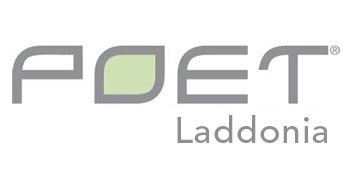Tiffany Dowell Lashmet, Progressive Farmer Contributor
"For a ranch kid, their first horse is their first love."
I wrote these words on Facebook earlier in 2025 announcing the passing of my children's beloved pony, Katie Elder.
She truly was one of a kind, and she lived a heck of a life. She did a stint as birthday party entertainment prior to coming to us. On our farm, she was the best babysitter we've ever had, an excellent therapist and the overseer of all other animals. At the rodeo, she showed her stuff as a champion flag racer and runner in the game of "golfette." When we finally retired her from riding, she spent her last few years as a pasture princess, just eating, sleeping and doing whatever she pleased.
Katie Elder was ridden backward, double, standing up, upside down, under the swing set and through the trees. She never flinched. She raised her kids well and was, without question, very well-loved and made her owners feel very well-loved in return.
What I did not expect when I made my post was the reaction from so many people remembering their own first horse. Grown men commented that they still missed their first horse every day. Grandmothers wrote comments about the lessons they learned as a child because of the horses they owned. It got me thinking about my own first horse. Baldy was a big sorrel gelding that I can still picture today, 40 years later.
Apparently, at least according to my social media followers, first horses are as memorable as first loves. While horse ownership is not for the faint of heart (or those who like keeping their money in the bank instead of in the barn), it can be one of the most long-lasting things you can do for your children. Do you remember your own first four-legged love?
**
Tiffany Dowell Lashmet juggles family, farming, writing, livestock and a career in ag law from the Texas Panhandle. Follow her on Instagram at alwaysafarmkid and @TiffDowell on X. Follow her blog at https://alwaysafarmkid.com/…
(c) Copyright 2026 DTN, LLC. All rights reserved.

